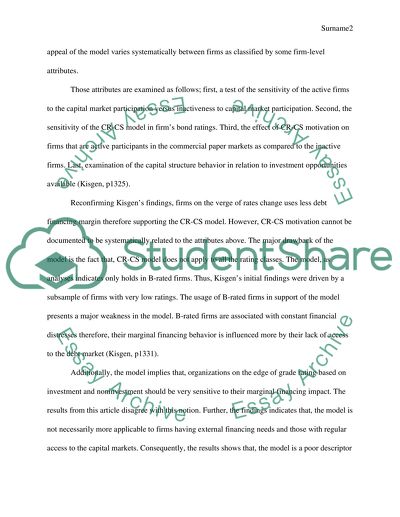Cite this document
(“Article summary Example | Topics and Well Written Essays - 1000 words - 1”, n.d.)
Retrieved from https://studentshare.org/finance-accounting/1689023-article-summary
Retrieved from https://studentshare.org/finance-accounting/1689023-article-summary
(Article Summary Example | Topics and Well Written Essays - 1000 Words - 1)
https://studentshare.org/finance-accounting/1689023-article-summary.
https://studentshare.org/finance-accounting/1689023-article-summary.
“Article Summary Example | Topics and Well Written Essays - 1000 Words - 1”, n.d. https://studentshare.org/finance-accounting/1689023-article-summary.


